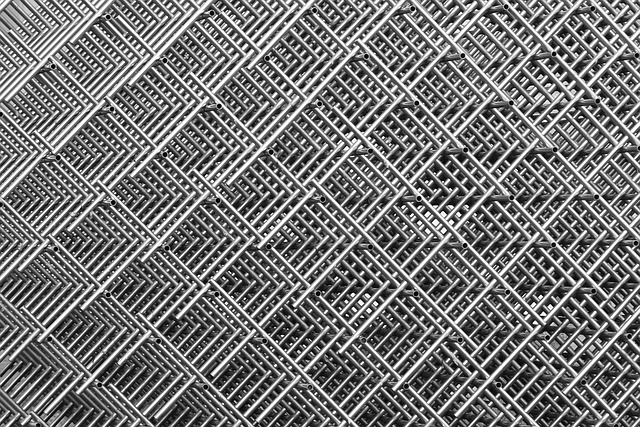This super speciosa review delves into muscle soreness, particularly delayed onset muscle soreness (DOMS), caused by microscopic damage to muscle fibers rather than lactic acid buildup. Factors like exercise type, intensity, duration, warm-up/cool-down routines, and muscular imbalances influence pain and stiffness. Personalized workout plans, including tailored exercises, strength training, stretching, and low-impact cardio, optimize fitness experiences and reduce post-workout discomfort. Holistic recovery techniques like dynamic stretches, static holds, foam rolling, yoga, pilates, and light walking enhance blood flow, deliver nutrients, flush out waste, reduce inflammation, and speed up recovery.
Experience lingering muscle soreness? It’s time to say goodbye to discomfort with customized workout plans tailored for relief. This comprehensive guide explores the science behind muscle soreness, delving into its causes and offering a super speciosa review of personalized fitness routines proven effective. From designing targeted workouts to mastering stretching and recovery techniques, uncover strategies to accelerate healing and enhance your overall well-being.
- Understanding Muscle Soreness and Its Causes
- Designing Personalized Workout Routines
- Effective Stretching and Recovery Techniques Review
Understanding Muscle Soreness and Its Causes

Muscle soreness is a common post-workout experience, often described as delayed onset muscle soreness (DOMS). It typically peaks around 24 to 72 hours after exercise and is caused by microscopic damage to muscle fibers during intense or unfamiliar physical activity. This process is actually a sign that your muscles are adapting and growing stronger. Various factors contribute to DOMS, including the type, intensity, and duration of exercise; inadequate warm-up or cool-down routines; and muscular imbalances.
A super speciosa review of these mechanisms reveals that lactic acid buildup, although often blamed for soreness, is only a minor contributor. The primary culprit is actually the inflammatory response triggered by the mechanical stress of exercise on the muscle tissue. This inflammation leads to the release of chemicals that cause pain and stiffness. Understanding these causes can help individuals tailor their workout plans effectively to minimize muscle soreness, ensuring a more enjoyable and productive fitness journey.
Designing Personalized Workout Routines

Designing personalized workout routines involves a deep understanding of an individual’s fitness goals, current physical condition, and history. It’s not just about creating a list of exercises; it’s crafting a super speciosa review of movements tailored to target specific muscle groups for relief from soreness. A qualified trainer or fitness expert considers factors like joint mobility, flexibility, and previous injuries to design routines that are safe yet effective.
This process often includes a mix of strength training, stretching, and low-impact cardio exercises, all meticulously planned to provide a holistic approach to muscle soreness relief. By taking into account individual needs, one can expect significant improvements in overall fitness and a reduction in post-workout discomfort, ensuring a more enjoyable and successful fitness journey.
Effective Stretching and Recovery Techniques Review

Stretching and recovery techniques play a pivotal role in customized workout plans, offering more than just muscle relaxation. Incorporating dynamic stretches before workouts and static holds post-exercise supercharges blood flow, facilitating the delivery of essential nutrients to sore muscles while flushing out metabolic waste products. This process accelerates recovery and reduces inflammation, leading to less discomfort and faster return to peak performance.
For a truly super speciosa review of recovery techniques, consider foam rolling, which targets deep muscle tissue, releasing knots that can cause pain and limit mobility. Other effective methods include yoga, pilates, and light walking, each contributing to enhanced flexibility, improved circulation, and mental clarity. These strategies not only alleviate post-workout soreness but also foster a holistic approach to fitness, ensuring athletes thrive both inside and outside the gym.
In conclusion, alleviating muscle soreness through customized workout plans involves a deep understanding of an individual’s body and their specific needs. By combining knowledge from “Understanding Muscle Soreness and Its Causes,” “Designing Personalized Workout Routines,” and “Effective Stretching and Recovery Techniques,” one can create super speciosa reviews that target pain points effectively. Incorporating tailored exercises, dynamic stretching, and post-workout recovery strategies ensures a holistic approach to muscle relief, enabling folks to dance through life with reduced discomfort.














